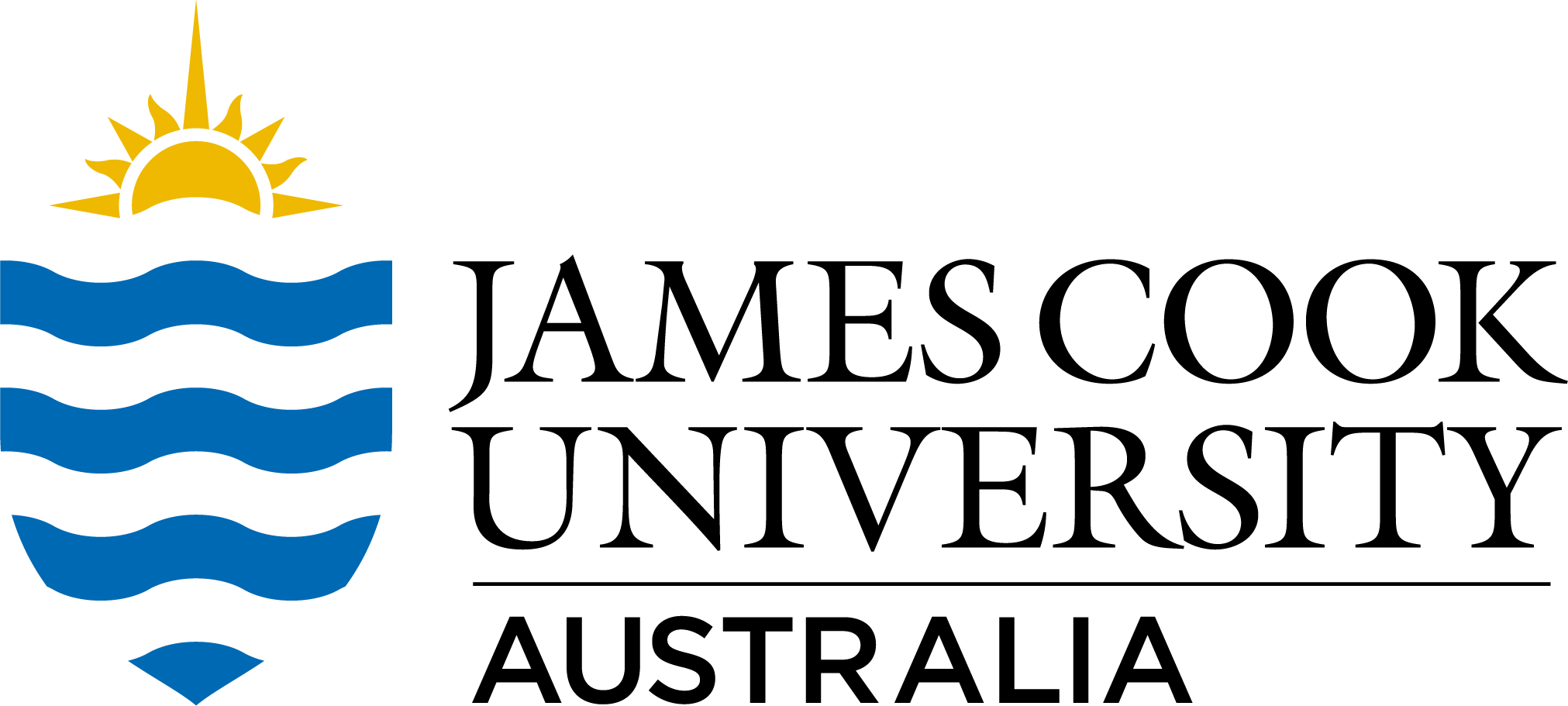Brief description
This data set contains data on fishes from a range of different habitat types in the Hinchinbrook/Palm Islands region of the Great Barrier Reef coast, including mangrove, seagrass and rocky reef and soft sediment habitats.
Full description
The use of a habitat structure, such as mangroves or seagrass, by fauna such as fish, may depend on the environmental context of that structure. The aim of this study was to examine the interplay of habitat characteristics and environmental context in driving the use of coastal areas by juvenile fish. The relative importance of these different factors have wide implications for the management of coastal areas.
Remote underwater video surveys were carried out throughout the Hinchinbrook/Palms region of the Great Barrier Reef coast, in order to capture the full range of variability in habitat use by juvenile fish. Each sample consists of one independent 15 minute video survey, providing a low-disturbance snapshot representation of the juvenile fish assemblage in a location, along with details of habitat characteristics and whether the sample was in an estuarine or marine environmental context.
Please refer to the methods section of the manuscript for detailed descriptions of video data collection and processing.
This data archive includes:
- The data used in presence/absence analysis to generate Figure 2 - Raw_data_PA
- The data used in multivariate assemblage analysis to generate Figure 3a, which excluded all taxa that occurred in <3% of samples - Raw_data_MV_3percent
- The data used in multivariate assemblage analysis to validate the tree structure used in Figure 3a, which excluded all taxa that occurred in <5% of samples - Raw_data_MV_5percent
- The data used in multivariate assemblage analysis to validate the tree structure used in Figure 3a, which excluded all taxa that occurred in <10% of samples - Raw_data_MV_10percent
Created: 2019-01-15
Data time period: 11 2012 to 31 12 2015
text: Hinchinbrook Island coastal region, Queensland, Australia
text: Palm Island coastal region, Queensland, Australia
User Contributed Tags
Login to tag this record with meaningful keywords to make it easier to discover
- DOI : 10.25903/5C3D33ACE91F3

- Local : researchdata.jcu.edu.au//published/03d68450059eb482f711aea28de6a780
- Local : 5c6c53ad782e914f4a76bfa8f7e1d038


